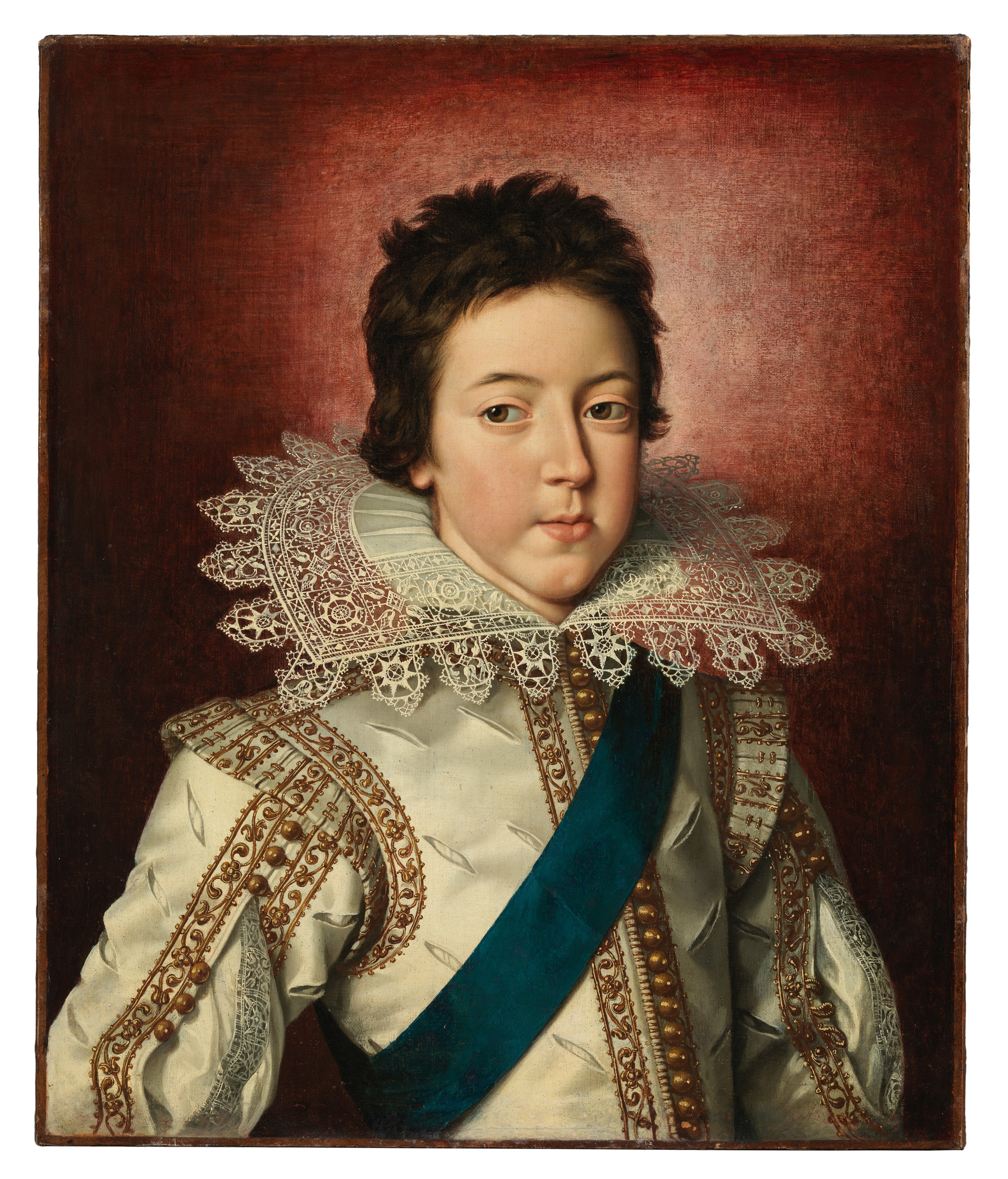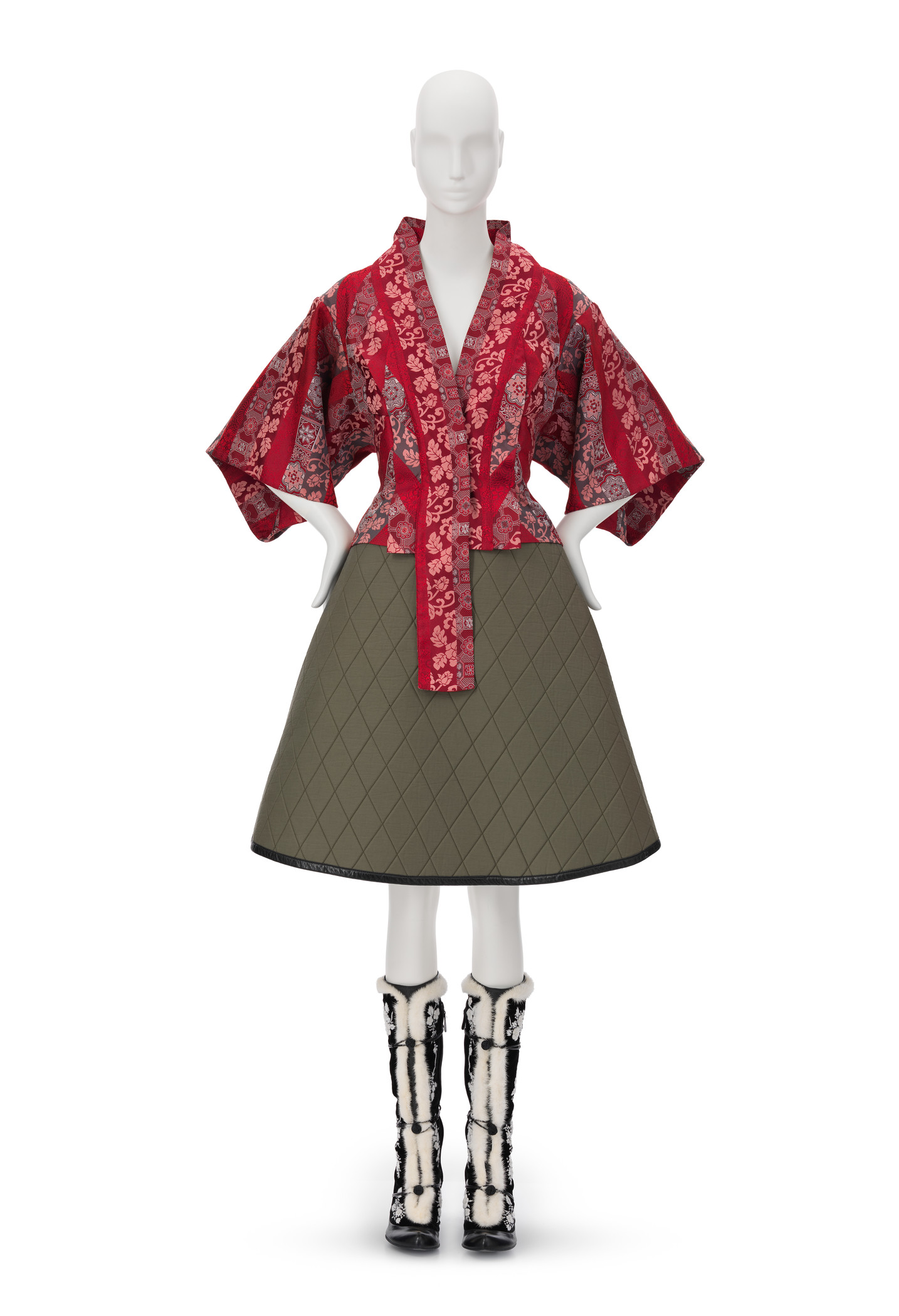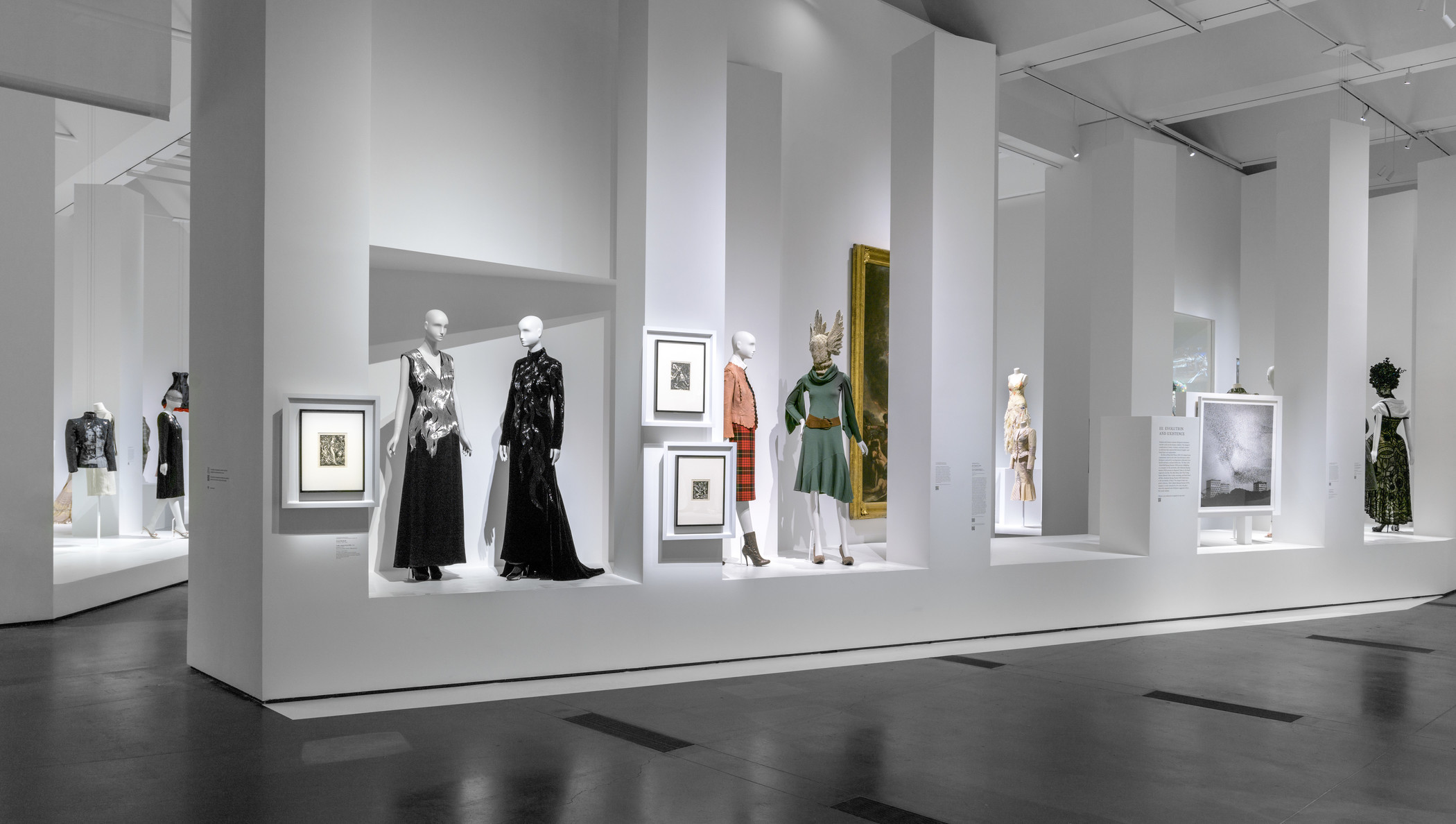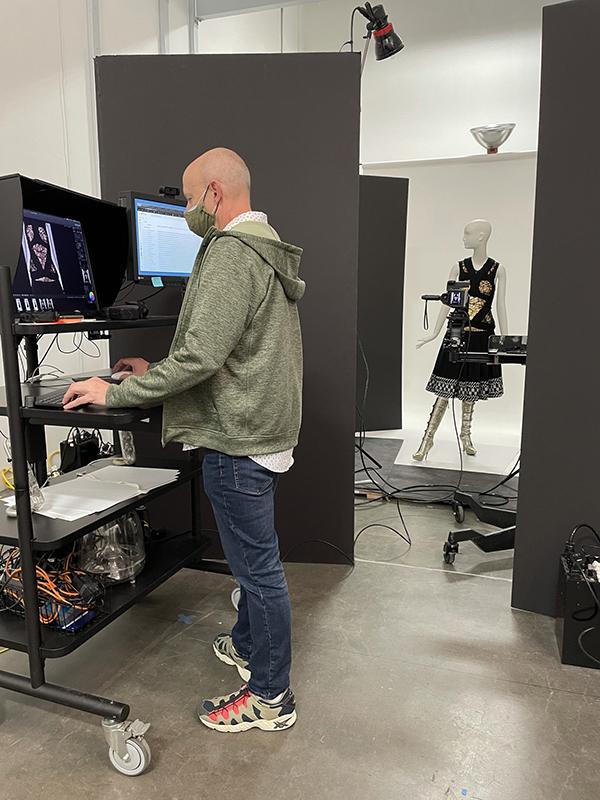Preparing for an exhibition like Lee Alexander McQueen: Mind, Mythos, Muse is a multifaceted journey.
There is a significant amount of work that happens years prior to an exhibition and its companion publication. All of the assets of the catalogue, including final photography and text, are required to be submitted a full year in advance to ensure the timely production and delivery of the book.
Working with co-curators of the exhibition Clarissa Esguerra and Michaela Hansen, we discussed and determined how to best bring McQueen’s garments to life and to illuminate the details and textures of each one. This is important as the book makes the exhibition available to anyone who is not able to see it in person.
In order to preserve and protect the pieces for the future, all garments accessioned into the LACMA’s permanent collection are never again worn. For each ensemble, a mannequin is padded and sewn with tulle, batting, and other archival materials to fit the specific size and shape of the garment, which enhances and safely supports each look while it is on display for the entirety of the show.
When the exhibition at LACMA closes, the ensembles will be carefully packed and make their way back into their transportation crates for shipping to their next exciting venue at the National Gallery of Victoria, Melbourne, where they will be on view from December 11, 2022.
LACMA’s photography studios consist of a 20 x 40 foot main studio, a 20 x 20 foot object studio, and an 8 foot, wall-mounted copy stand. These are located in the large Costume and Textiles warehouse where ongoing photography of the vast LACMA collection continues. This allows for the safe storage, mounting, staging, and movement of the finished dressed mannequins into the photography studio.
To reduce handling of these fragile designs, extraordinary care was taken. A custom-made 8 x 8 foot 360° turntable was constructed on the studio floor allowing the dressed mannequin to easily rotate from front to back without having to lift and remount the mannequin for each angle and detail.

The Shoot
Each dressed mannequin was placed on the set where I observed it at different angles and under different lighting conditions to see how the surfaces change and react to light. I got a feel for how the lighting best represents the materials and textures. Leather, feathers, fur, lace, silk, velvet, gold, silver, crystals, metallics, and digitally-printed fabrics require specialized lighting to overcome challenges presented by each unique material.
I then determined the arrangement and adjusted the intensity of the background lights, key light, fill light, rim light, kickers, and spots, in conjunction with bounce, diffusion, scrims, and flags, until everything coalesced at just the right intensity on the camera sensor, making the proper exposure. Alternative angles were chosen and re-lit in a similar manner, and detail shots were then composed and lighting was again adjusted and modified. Upon capturing the successful, curator-approved photos, the digital files were backed up to hard drives and the process repeated for the next inspired and totally unique McQueen fashion creation.

Details
Detail images depict important parts of the garment like a pocket, transition of fabric, special construction technique, or other point of visual interest. These more focused images were composed and lit at the same time as photographing the overall image to maintain consistency in the lighting style and composition.
Permanent Collection Objects
Textiles, paintings, drawings, and sculptures from LACMA’s permanent collection that contextualize the McQueen works in the show were staged, lit, and photographed in the adjacent studio dedicated to object photography. Flat 2D artworks received a lens-cast correction adjustment created to correct for fall-off and color casts inherent in each lens, and color correction is done with the artwork under color-balanced lights.

Equipment
For LACMA publications, I work with the Hasselblad H5D multi-shot camera to produce an astounding 200 megapixel image free from moiré, which is challenging when photographing fabrics and textiles. The multi-shot mode utilizes piezoelectrical actuators to move the camera's sensor four times in one-pixel increments, combining them into one image that is free of interpolation, which results in more accurate colors and reduced artifacts and improves the finest details. Each object requires the correct choice of lens to avoid distortion, maximize color fidelity, and produce the desired sharpness.
A mobile Apple MacPro workstation tethered the camera to a color-corrected monitor. This allowed me to move easily between the large studio where oversized objects are photographed to the object studios equipped with a custom-made mobile platform constructed to support heavy museum objects, or the wall mounted motorized copy stand dedicated to flat, 2D artworks.
Color correction and extensive notes with the curators were made while the object is still on set in preparation for final editing and file preparation using Adobe Photoshop. An iPad was set up near the staging area to automatically download and display each shot from the camera, which allowed for independent viewing, rating, and selection by the curators. The photography for this catalogue took place during the pandemic, and this set up allowed for better social distancing.

To ensure we met the publication deadline, two completely dressed mannequin “looks,” including details, were photographed each day. Working as an efficient team, the curators, collections managers, and photographer established a workflow of dressing, moving, styling, lighting, rotating, relighting, documenting details, and finally moving the mannequins back to the staging area outside the studio where the mannequins and outfits are undressed and packed for safe transport across town to LACMA.

Gallery Photography
Upon completion of a four-week installation, and with only a few hours remaining until the press preview of the exhibition, a selection of four to six “hero” images are quickly and accurately shot, color corrected, and resized. These images were shared with the press and can be seen in various publications online and in print.
You can see all 70 fashionable looks and 45 inspiring objects from LACMA’s permanent collection in Lee Alexander McQueen: Mind, Mythos, Muse, on view in the Resnick Pavilion. To prepare the galleries for a forthcoming exhibition, the central gallery of this exhibition will close permanently on Sunday, September 25. The remaining portions will remain fully accessible through Sunday, October 9. You can also purchase the catalogue and more at the LACMA Store.



